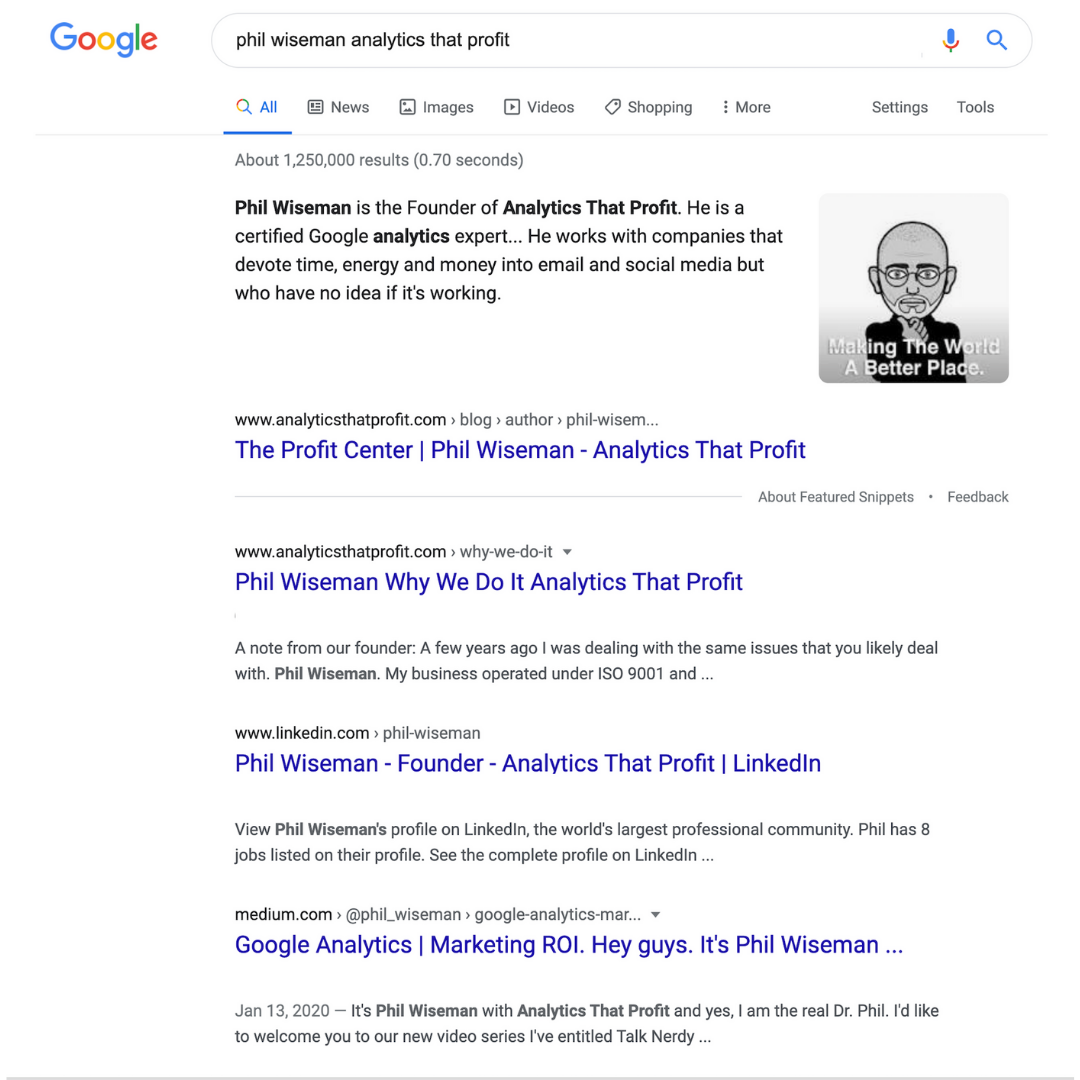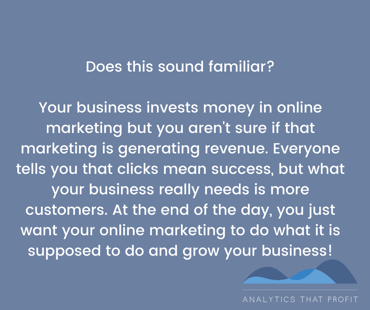I recently worked with a well-known SME (Subject Matter Expert) who needed to evolve their marketing. In the past, they were so well-known their calendar was full of keynote speaking engagements. The overnight metamorphosis into virtual meetings changed everything. The big events were gone. These opportunities seemed to have evaporated. A quick evolution to digital marketing was necessary. A quick internet search for them was puzzling. None of the information was congruent; different phone numbers and addresses and their personal images were not the same...you quickly became confused. Was this the person I was looking for? Their digital footprint was a mess.
What is a Digital Footprint?

Your digital footprint is a collection of all the information about you that is available to search engines. This includes promotions of speaking engagements and appearances, as well as social media, links to content you have published, and we cannot forget reviews. When did you last search for your name and brand to look at your digital footprint?

The image above is the first page of search results for my digital footprint. I was aware of the footprints above; however, as I scrolled into pages 3 and 4 of the search results, I found listings I had not set up! Your digital footprint can contain information that you did not specifically provide.
Search your name and brand and see what shows in search.
How does your digital footprint impact SEO?
When you are performing an internet search, no filter says, "Only show me stuff that this person has authorized." If you know of one, please share in the comments section. Your digital footprint is part of Off-page SEO. This means information is NOT on your website but has links back to your website.

Source: How to Create an SEO Strategy for 2020
Why is this important? When creating a social media profile or joining an organization that will share your information, such as a trade association, you want the information to be congruent. Donald Miller of StoryBrand says it best, "If you confuse, you lose."
Social SEO shares these ideas in their article, Your Digital Footprint: Analyze and Maximize for Better Results.
The first step to creating a strong and effective digital presence is analysis. Answer these questions to gain valuable insight into your online marketing strategies:
- What are the major components of my digital footprint? The easiest way to find this answer is to put your business name into a major search engine. Look at the first page of the results. Is your website one of the first results, or is the page filled with review sites and social media pages?
- How is my business represented on the internet? Look at a few of the 3rd party sites that mention your business. Are your ratings good? What do customers say?
- Is my message consistent? Do your blogs, web pages, and advertisements say the same thing? Is there old or incorrect information in circulation?
- Does my digital footprint show my business in the best possible way? Use this step to define what you want internet browsers to see when encountering your brand’s name. Does your current online presence support that?
- Is my metric-tracking method working? If you aren’t collecting data on what your customers are doing, you’re missing out on tremendous opportunities. Fine-tune your data collection and analysis routines to get the most out of every online campaign.
These questions help you define what potential customers see when they find your business online. The following steps show you how to shape that picture into a flattering vision.
How do you improve SEO with your digital footprint?
Start with what you can control first. This would include any platform for which you have a login.
Keep it simple.
Logo- I am NOT a graphic artist, so I leave this to the professionals. Have a professional logo that is sized correctly for all platforms.
Pictures- I am NOT a professional photographer. Spend the money and have proper headshots that can be used. Don't forget to use Image Alt text on Logos and Pictures.
Banners and Cover images- LinkedIn, Twitter, and Facebook allow you to customize your banners and covers. Be consistent. While there are a million options, inconsistent images lead to brand confusion. We like to use Canva as they have a simple drop-down menu for you to select from for these platforms, and you can create a Brand Kit so you don't have to guess about colors and fonts. Be consistent.
Bio- Use the same bio to promote speaking engagements as the bio on your website.
Brand Promise- Once again, if you confuse you lose. Make sure your brand promise is the same across all platforms.

Contact Information- This may seem obvious but look closely at your address, phone number, and website links. Please make sure they are correct.
Reviews- If you are like me, I look at reviews before I contact a business. Maybe it is my personality, but I first look at negative reviews. I want to know how a business handles customer complaints. Google My Business is one of the more common platforms for business reviews. Many businesses are surprised to see that they even have this business profile. Make sure you have claimed your business profile and manage your reviews.
Your digital footprint is significant for Off-Page SEO.
Moz offers keen insight into Off-Page SEO.
What is off-page SEO?
"Off-page SEO" (also called "off-site SEO") refers to actions taken outside of your website to impact your rankings within search engine results pages (SERPs).
Optimizing for off-site ranking factors involves improving search engine and user perception of a site's popularity, relevance, trustworthiness, and authority. This is accomplished by other reputable places on the Internet (pages, sites, people, etc.) linking to or promoting your website and effectively "vouching" for the quality of your content.
At a high level, improving a website's "off-page SEO" involves improving search engine and user perception of a site's quality. This happens by getting links from other sites (especially those that are reputable and trustworthy themselves), mentions of your brand, shares of your content, and "votes of confidence" from sources outside of your own website.






